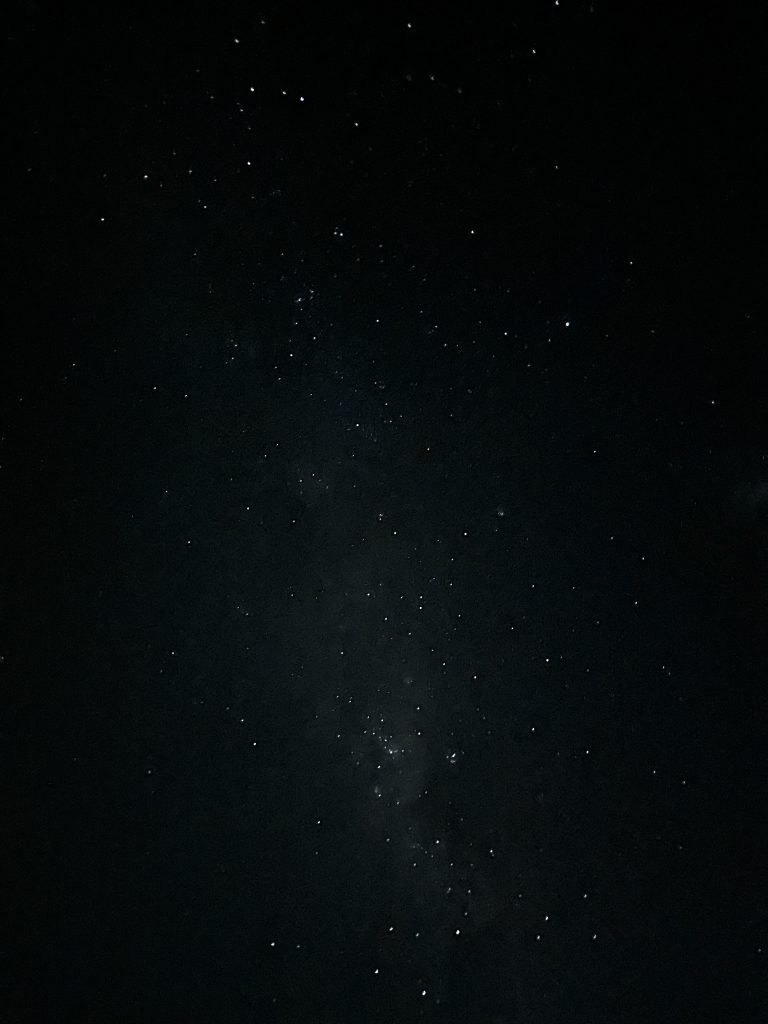For better or worse, the original MagAO-X NSF proposal included funds to bring a brand new type of camera to the party – a superconducting sensor array that runs at 0.1 degrees above absolute zero. The big idea is that these arrays can tell you the energy of every photon that hits them, without the pesky noise sources that typically degrade astronomical images. These detectors, called MKIDs, are also VERY FAST, which lets you play all sorts of fun games to pick faint sources out from the background starlight that MagAO-X hasn’t bothered to deal with.

This camera, called XKID, was originally meant to just be the DARKNESS instrument from Palomar moved down to Magellan. However, DARKNESS uses liquid helium for cooling, and that has become outrageously expensive, so we actually took the old ARCONS fridge and did a massive upgrade. This resulted in the beauty you see above.
XKID will extend the wavelength range of MagAO-X out to 1400 nm (J band), allowing astronomers to look at older, colder exoplanets, and also provide low resolution spectroscopy and eventually focal plane wavefront sensing to help MagAO-X clean up all the meshugas the damn atmosphere gets up to.
Jeb Bailey, Noah Swimmer, and I are in the process of getting this bad boy cooled down and tuned up, which is always an adventure. Later in the week we will mate it up to MagAO-X (for the first time!) and hopefully see stuff… Stay tuned!
Song of the day
Say what you want, I’m a sucker for the classics.


